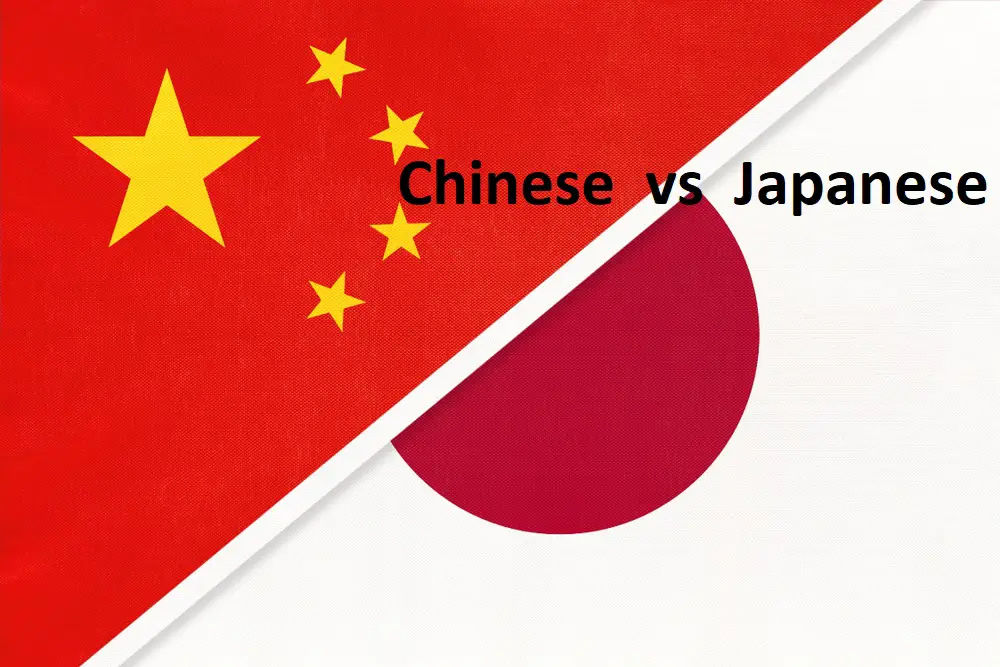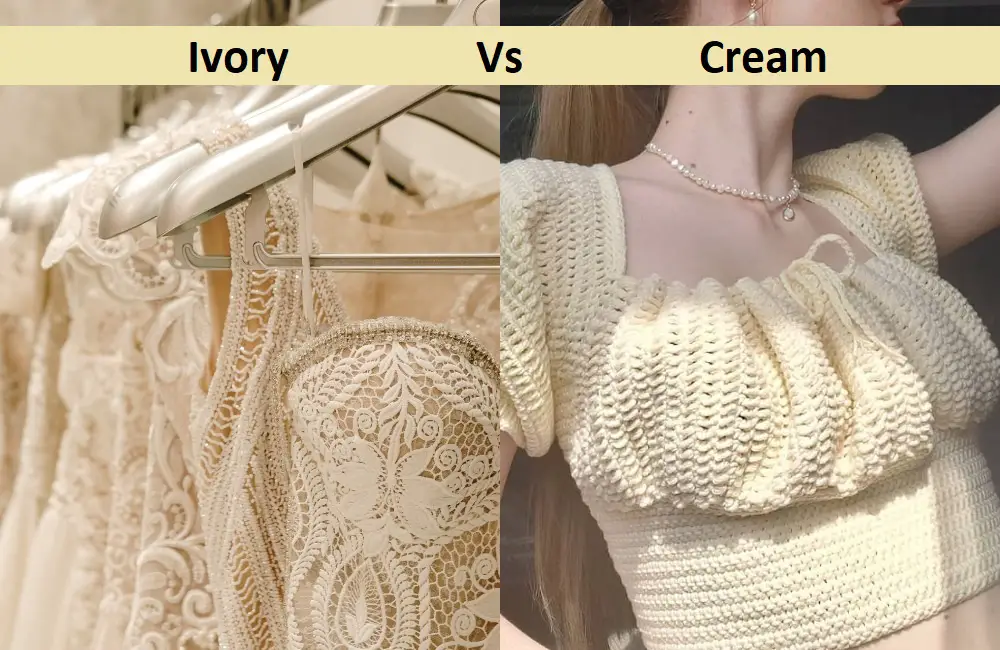Difference Between Chinese and Japanese
Stereotyping south Asians is a common thing we see nowadays. And that happens mostly with Chinese and Japanese people.
While they do have similar features, these two cultures are vastly different. Knowing the difference between Chinese and Japanese people will help you get along better with them.
Chinese vs. Japanese: An Overview
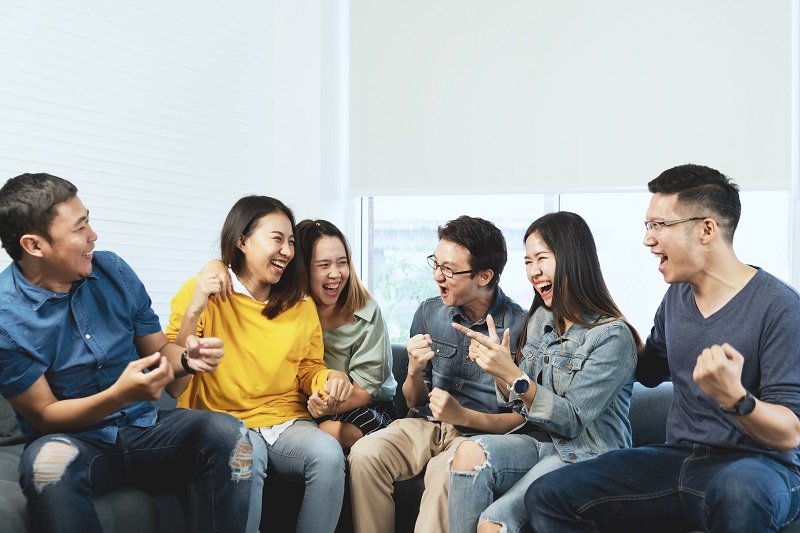
When we say Chinese vs Japanese, we will essentially list out each of their traits in a categorized manner. This will help you understand how different or similar they might be in some aspects.
Let’s start off with the shape of their eyes. One might think it is very hard to distinguish the Chinese from the Japanese, but really it’s not.
If you look closely, the Chinese tend to have an upward angle to their eyes instead of the Japanese’s downward angle. In terms of shape, the Japanese eyes are larger than the Chinese.
One common trait they have is their strict practice of polite manners. Both the Chinese and Japanese exhibit formal manners. However, the Japanese are a tad bit more formal than the Chinese.
They never consider bothering others, and so, they will rarely speak loudly or shout at you. The Chinese usually have no preference; if you make them mad, they won’t shy away from giving you a piece of their mind.
If we look into their food choices, both the Chinese and Japanese prefer raw food which is freshly procured. Since the Chinese are skilled in agriculture, they are able to get better access to fresh produce than the Japanese. One of the main differences lies in their use of rice.
The Chinese will place it as the centerpiece of their cuisine, fried with vegetables and meat. On the other hand, the Japanese prefer sticky rice and keep it as a side dish rather than the main dish.
Race Vs. Ethnicity: What Are The Differences?
Who Are the Chinese?
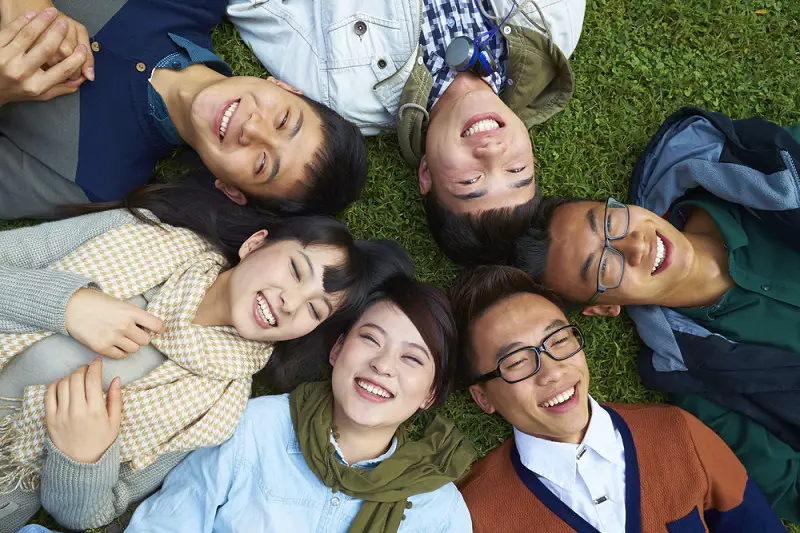
Lagging just 1 hour behind Japan lies the rich borders of the Chinese civilization. The country is booming with potential, and the record shows that it’s one of today’s fastest-growing economies.
Other than being super-efficient, the Chinese are very polite people. In their homeland, manners are given high priority. They believe that the way you greet a person decides whether he/she will approach you positively or negatively.
What sets China apart from almost all the countries in the world is its success with communism. While it isn’t entirely a communist country, the government has firm control over the economy.
This allows them to keep private-sector firms at bay and protect the interests of every demographic. This inspires the openness to work in teams in the Chinese. You will often see them excelling in group projects.
In terms of their face shape, the Chinese are very easy to identify. They have rounder faces with less prominent jawlines. We can also identify them by their eyes which are angled upwards.
Who Are the Japanese?
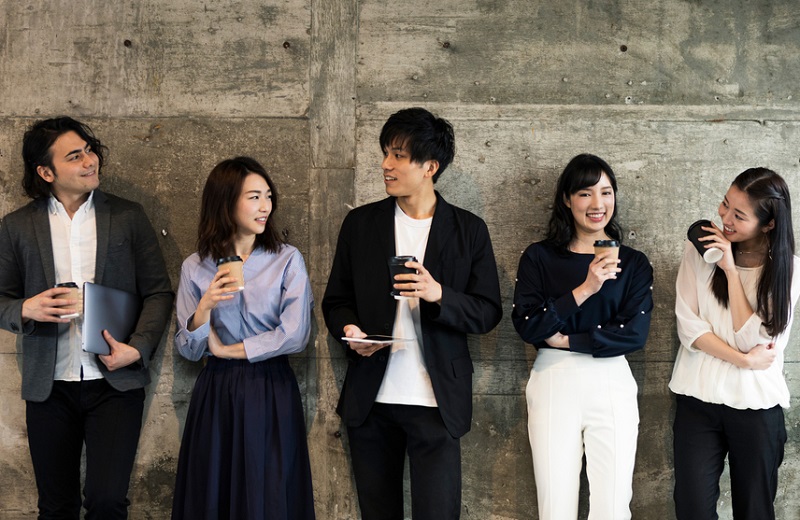
Having a strong impact on the second world war tells us a lot about the history of the Japanese. Japan’s economy saw an early rise during the 19th century with its advancements in technology.
Even after the devastating effects of the war, the country was able to quickly restore itself as one of the most pronounced economies of the world.
If someone held the Olympics for being polite, then the Japanese would come first. While the Chinese are formal people, the Japanese tend to take this up a level. They have a certain way with their manners that will automatically impress you. So much so that you will rarely see a Japanese person raising their voice in public.
However, if we had to point out some distinguishable traits of a Japanese face, it would be the eyes and face shape. Most have longer face shapes with wider jaws with pale skin. However, that skin tone depends on which region they live in. Their eyes are angled downwards and tend to be bigger than the Chinese.
Main Difference Between Chinese And Japanese
- Eyes of the Japanese are angled downwards, while the Chinese have smaller upward angled eyes.
- Japanese people speak in soft and calm tones because they conceive it to be polite. The Chinese language is tonal, and so they rely on their vocal tones to express themselves clearly.
- Japanese prefer sticky rice over steamed or fried rice. The Chinese will often mix vegetables and spices to make the rice flavorful.
- Japanese always prefer bows over handshakes. The Chinese, on the other hand, are okay with either. Modern Chinese people will almost always prefer shaking hands over bows.
- Japanese people tend to have longer and wider faces as opposed to the round-shaped faces of the Chinese.
Some of Our Articles you’ll Find Interest:
A Comparison Table to Summarize
| Parameters of Comparison | Chinese | Japanese |
| Greetings and Mannerisms | Lenient about their cultural greetings and prefer handshakes | Strict about their mannerisms and prefer to bow first |
| Food Habits | Centered around rice | Uses rice as a side dish mainly |
| Eye Shape | Small and upward angled | Slightly large and angled downward |
| Facial Structure | Round-shaped | Long and wide |
Conclusion
Having a thorough knowledge on the difference between Chinese and Japanese people is important. Next time you encounter either of them, you will be able to socialize with them and understand them better.
